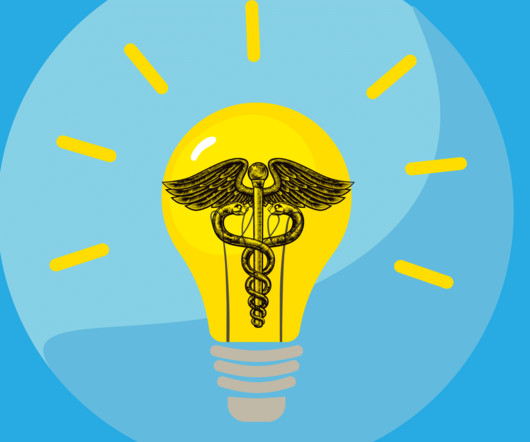The Role of Compliance Officers in Healthcare Organizations: Challenges and Responsibilities
American Medical Compliance
FEBRUARY 9, 2024
Compliance officers’ responsibilities extend far beyond merely checking boxes and ticking off regulatory requirements. In fact, 61% of the compliance teams from a Thomson Reuters report also work on long-range strategies for their companies by putting regulatory and legislative changes as a top priority.












Let's personalize your content